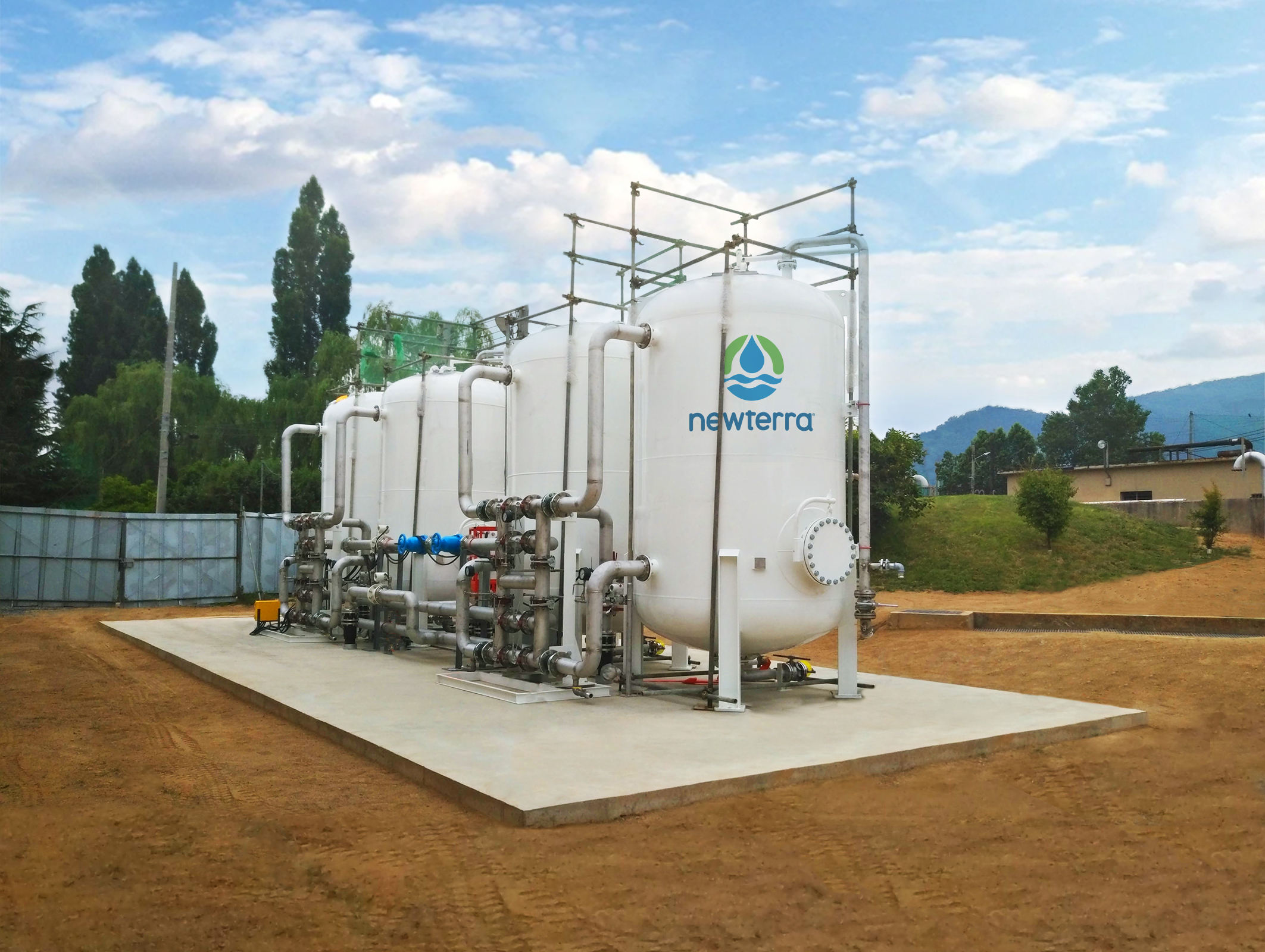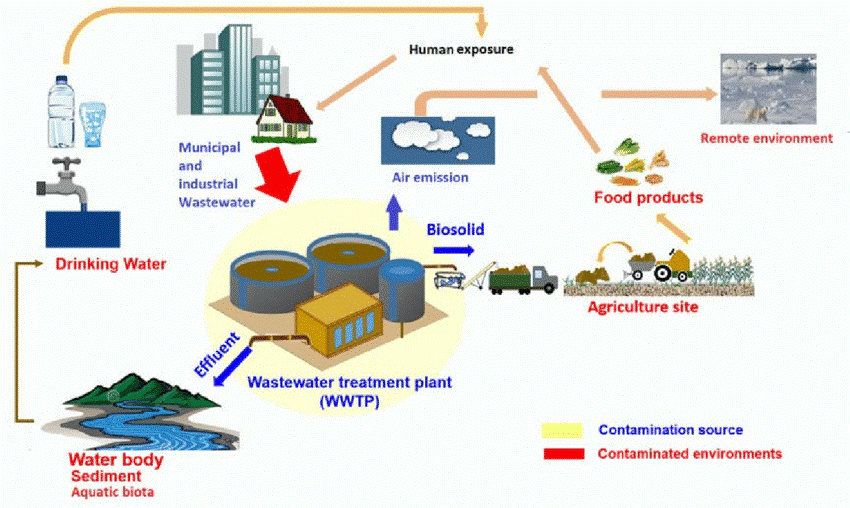How PFAS Treatment Reduces Environmental Impact and Improves Public Safety
How PFAS Treatment Reduces Environmental Impact and Improves Public Safety
Blog Article
Advanced Techniques for Efficient PFAS Contamination Elimination
The persistent challenge of PFAS contamination necessitates the exploration of sophisticated elimination approaches that can properly attend to these damaging substances. Innovative technologies, such as sophisticated oxidation procedures and numerous adsorption methods, have actually arised as appealing services in mitigating PFAS from impacted atmospheres.
Understanding PFAS Residences
Although per- and polyfluoroalkyl substances (PFAS) have been extensively utilized in numerous industrial and consumer items due to their one-of-a-kind residential properties, their determination in the environment presents considerable obstacles to public health and wellness and security. PFAS are a group of artificial chemicals characterized by a carbon-fluorine bond, one of the best chemical bonds understood, which adds to their outstanding stability and resistance to degradation. This security allows PFAS to accumulate in the atmosphere and living organisms, resulting in possible unfavorable wellness effects.
The hydrophobic and oleophobic nature of PFAS makes them particularly efficient in applications such as non-stick finishes, stain-resistant textiles, and firefighting foams. These exact same properties add to their environmental perseverance, as PFAS do not easily damage down via all-natural processes. Their prevalent use has actually led to ubiquitous contamination of water resources and dirts, complicating removal initiatives. Understanding the chemical residential properties of PFAS is essential for creating effective methods to take care of and mitigate their ecological impact. The unique attributes of these substances necessitate a nuanced technique to deal with the challenges positioned by their existence in ecosystems and potential human exposure.
Innovative Remediation Technologies
The determination of PFAS in the atmosphere has spurred the growth of innovative remediation innovations targeted at efficiently eliminating these pollutants from impacted environments. Amongst the most promising approaches are advanced oxidation procedures (AOPs), which utilize powerful oxidants to break down PFAS substances into much less damaging materials. AOPs can be customized to target certain PFAS frameworks, improving their efficacy.
An additional arising technology is the use of adsorption media, such as triggered carbon and ion exchange resins, which can precisely catch PFAS from infected water. These materials have actually revealed significant elimination effectiveness, although regular substitute and regeneration are needed to keep efficiency.
Membrane layer filtering techniques, including reverse osmosis and nanofiltration, are also gaining grip in PFAS removal. These techniques can properly divide PFAS from water, providing a feasible service for treating infected sources. Additionally, thermal treatment approaches, such as incineration, can disintegrate PFAS right into safe by-products, though they require mindful administration to control discharges.
Jointly, these cutting-edge removal technologies stand for substantial innovations in the recurring battle against PFAS contamination, supplying various approaches to restore afflicted environments and protect public health and wellness.

Bioremediation Techniques
Bioremediation strategies offer an encouraging approach to resolving PFAS contamination by taking advantage of the all-natural capacities of microbes to degrade these consistent compounds (m270 waste management). This official source method includes making use of microorganisms, fungi, and various other microbes that can metabolize or change PFAS compounds right into much less hazardous results
Recent developments in molecular biology and environmental microbiology have enhanced our understanding of microbial communities and their prospective duties in PFAS degradation. Researchers are actively checking out details pressures of microorganisms, such as Pseudomonas and Bacillus, which have shown the capacity to damage down particular PFAS compounds.
In situ bioremediation methods, where microorganisms are stimulated straight in polluted atmospheres, can be specifically reliable. This technique typically includes the application of nutrients or electron donors to promote microbial development and activity. Additionally, ex situ techniques, such as bioreactors, enable regulated problems that can maximize deterioration rates.
Regardless of the pledge of bioremediation, difficulties remain, including the complicated nature of PFAS compounds and the demand for considerable area screening - m270 waste management. Proceeded r & d will certainly be vital to fine-tune these techniques and analyze their effectiveness in diverse environmental contexts
Adsorption and Purification Techniques
Resolving PFAS contamination frequently includes employing adsorption and filtration methods, which are made to remove these consistent chemicals from water and dirt. Among the numerous methods, activated carbon adsorption is widely utilized due to its high area and porosity, allowing efficient trapping of PFAS particles. Granular activated carbon (GAC) systems are particularly favored for dealing with huge volumes of polluted water, while powdered activated carbon (POLITICAL ACTION COMMITTEE) can be used for smaller-scale applications.
Ion exchange materials additionally show assurance in PFAS removal, functioning by trading PFAS ions with much less unsafe ions in the water. This technique has demonstrated performance in focusing PFAS substances, promoting their subsequent removal. Additionally, membrane filtering methods, such as reverse osmosis and nanofiltration, operate by making use of semi-permeable membranes to separate PFAS from water, effectively minimizing their concentrations.
While these techniques work, they have to be meticulously picked based upon the details PFAS compounds present and the ecological context. Constant innovations in products science and design are bring about the development of novel adsorbents and filtration systems that improve removal performances and reduce operational costs, consequently enhancing total removal efforts.
Regulatory and Plan Considerations
Just how can efficient regulative structures boost the administration of PFAS contamination? Detailed plans are vital to guarantee a worked with and robust feedback to the obstacles posed by per- and polyfluoroalkyl substances (PFAS) Regulations can establish clear standards for tracking, reporting, and remediating PFAS-contaminated websites, cultivating liability among markets and public like it entities. (m270 waste management)

In enhancement, monetary incentives and gives can be incorporated right into policies to urge the fostering of sophisticated remediation technologies. Policymakers should also prioritize site web r & d, making certain that emerging methods for PFAS elimination are confirmed and carried out efficiently.
In addition, public awareness and engagement are important components of any type of regulative approach, encouraging communities to advocate for their health and wellness. Eventually, a well-structured regulative environment will not only boost the administration of PFAS contamination but additionally advertise sustainable practices that safeguard future generations.
Final Thought
In recap, the complexity of PFAS contamination demands the fostering of advanced remediation approaches. Continued research study and growth in this field remain vital to addressing the obstacles positioned by PFAS contamination.
Report this page